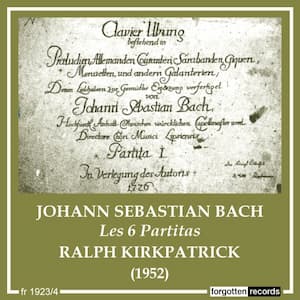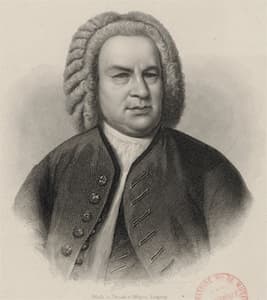Johann Sebastian Bach: Magnificat in E-flat Major, BWV 243a The church of St. Nicholas in Leipzig is named after the patron of travelers and merchants. Construction began around 1165, and originally the church featured twin towers. It was extended and
Bach
Gottfried Vopelius (1645-1715) published his “Neu Leipziger Gesangbuch” (The new Leipzig hymnbook) in 1682. Vopelius was a Lutheran academic and hymn-writer, and he writes in the preface that the hymns are “compiled from the most beautiful and best songs; In
The term “chorale” can be somewhat confusing. That’s not surprising, as the meaning is slightly different in German and in English usage. Let’s not get into the technical differences but simply say that a “chorale” is the congregational hymn of
In the course of your instrumental studies or attending concert performances you might have come across works title “Partita.” It is a slippery term, and throughout history it has designated a number of different concepts. At times it was used
Between 1725 and 1731, Johann Sebastian Bach (1685-1750) wrote the last of his keyboard suites. His earlier suites, the six English Suites, BWV 806-811, the six French Suites, BWV 812-817, and the Overture in the French style, BWV 831, culminated
Johann Georg Schübler (1720-1755?) was an engraver and organist, and a private student of J.S. Bach. “He learned the music in Leipzig with the famous Bach,” but Schübler’s name is more notably connected with the publication of a set of
Carl Philipp Emanuel (1714-1788) described his father’s household in Leipzig as a “pigeon coop.” People were constantly swarming in and out all the time, and he told the Bach biographer Forkel, “with his many activities Bach hardly had time for
The English rock band The Beatles, formed in Liverpool in 1960, is widely considered the most influential band of all time. Led by songwriters Lennon and McCartney, the band was part of 1960s counterculture and inspired an international fan frenzy








